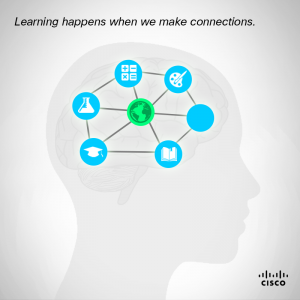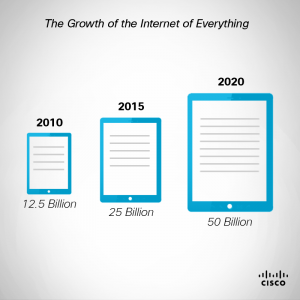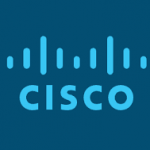
The Renaissance of Distance Education
Distance education is going through a renaissance.
According to the New York Times, 2012 was the year of the Massive Open Online Course (MOOC), and the momentum of distance education continues to build. Udacity, Coursera and edX are rapidly expanding their catalogue as they welcome a rising number of prestigious university partners around the world. Although they rarely granted credits for these courses, students can acquire a “verified certificate”. Large companies like Google, McAffee and AT&T are starting to see MOOCs as an effective way to deliver professional development and industry certifications.

History of MOOCs Rooted in Connectivism
The term MOOC was coined in Canada by Dave Cormier, following the first MOOC on the topic of “connectivism”. The main tenet of this learning theory is that we learn by making critical connections between ideas, people, and information sources.
It is easy to see how digital media and the Internet enable this mode of teaching and learning. The emergence of MOOCs is a phenomenon supported by the growth of the Internet of Everything (IoE), the connection of people, process, data and things. The compound impact of IoE is at the source of the distance education renaissance.
MOOCs and the Internet of Everything
Universities have clearly understood the potential benefit for their brand at a global scale, but MOOCs can hardly be compared to “traditional” e-learning courses. Today’s MOOCs are true technological achievements. Udacity, Coursera and edX leverage latest innovations in machine learning, cloud computing, and big data to enable the delivery on a massive scale (also called xMOOCs). Automated grading and tutoring provide rapid feedback to learners, giving them more control over their own learning, as well as the ability to learn at their own pace.
MOOCs are also opportunities to learn from each other (especially connectivist MOOCs, also called cMOOCs). They allow to connect the dots between diverse materials and perspectives, and to cultivate knowledge and skills. In that sense, a MOOC is a living object of knowledge, essentially open for study, and nurtured by the learners themselves. Technology enables these courses to connect people, process, data and things. Learners can share, discuss, create, collaborate, and transform a wide range of digital materials on the Internet.
 MOOCs are true instances of the Internet of Everything. The original Web (1.0) was all about static pages and hyperlinks. Web 2.0 introduced the ability to engage in two-way conversations, which later lead to the emergence of social networks. Mobility and miniaturization (e.g. the smart watch) are the last mile to the Internet of Everything, to connect people anywhere and anytime.
MOOCs are true instances of the Internet of Everything. The original Web (1.0) was all about static pages and hyperlinks. Web 2.0 introduced the ability to engage in two-way conversations, which later lead to the emergence of social networks. Mobility and miniaturization (e.g. the smart watch) are the last mile to the Internet of Everything, to connect people anywhere and anytime.
In 2010 there were over 12.5 billion devices. Cisco’s Internet Business Solutions Group (IBSG) predicts some 25 billion devices will be connected by 2015, and 50 billion by 2020. No doubt, this will have an even greater impact on learning and education.
How do you see connections impacting the education sector? Let me know in the comment section below.
Tags:


